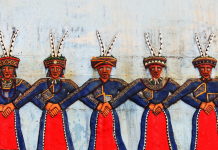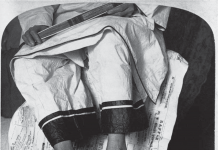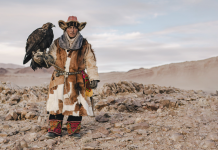Thousands of years have shaped the lives of the original peoples of the Arctic, true explorers and survivors of one of the world’s most desolate environments. To this day, the natives of the Arctic, including one of the oldest tribes, the Chukchi, continue to thrive. (Text by Bogdana Vashchenko. Photo by Dmitriy Nikonov)
It is said that the raven created the mountains and rivers, tundra and fells, dogs and whales, seals, deer and birds… and the first people. This raven had taught the people to speak and eat the meat of animals. He showed them how to sew clothes and make fire. And it was him who lit the heavenly lights. He drove a stake into the sky, where the North Star now shines. Then he tied the other stars to the stake, so they go around it like reindeers on a leash.
The Chukchi, an ancient Arctic people that chiefly live on the peninsula of Chukotka, still believe in this legend of the raven. They call themselves the Lygoravetlat, meaning “genuine people”. Today, numbering a little over 15,000, they are masters of a territory that is mostly treeless tundra. The climate is harsh, with winter temperatures sometimes dropping as low as minus 54 degrees Celsius. The cool summers average around just 10 degrees Celsius.
These Arctic connoisseurs have inhabited and dominated the inhospitable Arctic lands – or more accurately, the peninsula of the Chukotka – for thousands of years. Their main totems are the bear, a symbol of strength, and the raven, a symbol of wisdom and quick wit. Fearless and battle-prepared, the Chukchi, unlike other native people of Siberia, have also never been conquered by the Russians.
Humans first appeared in Chukotka about 30,000 years ago, when the region was joined with Alaska via an extensive isthmus called the Beringia. It is a widely accepted theory that through this land bridge, the
first inhabitants travelled from Asia to America – the ancestors of the Indians.
The separation of Asia and America about 12,000 years ago, as a result of a substantial warming, created two distinct cultural traditions, unusual among the northern people. The basis of one was nomadic reindeer hunting, and at the heart of the other was the hunting of marine mammals. The creators of these traditions moved further into the depths of the Arctic – along the coasts of the Arctic Ocean, the Chukchi Sea and the Bering Sea – mastering the art of survival in one of the most severe climates on the planet.
This called for the people of Chukotka to adapt the old ways to life in the Arctic. Chukchi cuisine is based on boiled walrus, seal, seaweed, and whale meat, along with its life-sustaining fat. The staple foods eaten by the Chukchi also include the products of reindeer farming: boiled venison, reindeer brain, bone marrow, and reindeer blood for soup. A traditional soup is made from semi-digested moss from a slaughtered reindeer’s stomach mixed with blood, fat and pieces of boiled meat. The Chukchi also eat frozen meat and edible leaves and roots.
THE ARCTIC
The Arctic covers 40 million square kilometres or approximately eight percent of the Earth’s surface. However, it is host to a relatively tiny population of only four million. Various small groups of indigenous peoples have occupied the area for millennia. The settlement area is currently divided between eight countries: Canada, Denmark, Finland, Iceland, Norway, Russia, Sweden and the USA.
INDIGENOUS PEOPLE
IN THE RUSSIAN ARCTIC
In the Russian Federation there are 40 indigenous communities with a total population of about 244,000 in the North, Siberia and the Far East. These include the Aleutians, Dolgan, Koryak, Mansi, Nanai, Nenets, Saami, Selkup, Khanty, Chukchi, Evenks and Inuits. A population of more than 400,000 of Komi and Yakuts also inhabit the North. These different indigenous groups have inhabited the area for thousands of years, each having their own history, culture and beliefs. Today, the effects of globalisation are creating many changes that are affecting their traditional way of life.
GENETIC SIMILARITIES
In human genetics, the study of haplogroups is used to define genetic populations and ascertain the origins of our ancestral history. The earliest haplogroups are found in Africa, where humans first emerged, and as people migrated further and crossed Asia and Europe, unique genetic mutations gave rise to the different ethnicities we know today. The indigenous people of the Arctic have been found to possess haplogroups A2, B2, X2a and M3, which have an Asian origin.
 [/ultimate_ctation]
[/ultimate_ctation]
For several hundreds of years, the cone-shaped, tent-like yaranga, built with a rectangular or poliangular base, has been the traditional home of the Chukchi. It takes five to 15 reindeer skins to build a small yaranga, and up to 80 for a large one. Heat from the zhirnik (fat-burning lamps) and from the bodies of its inhabitants can keep a yaranga warm enough to dwell within without the need to wear clothes.
During long polar nights, when the wind was strong and the frost severe, the Chukchi would not hunt. The time was used for carving, to make tools for everyday life, as well as amulets. In the dimly lit yaranga, the ancient Chukchi felt his art through touch more than with his eyes; that is why Chukchi figurines are very pleasant to hold in the hand. Ancient thematic engravings and carvings were monochromic; engravers used soot from the zhirnik as a colouring agent. Sculpturing and carving on bone and walrus tusk became the most highly developed forms of folk art among the Chukchi. Common traditional themes are landscapes and scenes from day-to-day life: hunting parties, reindeer herding and animals native to the region.
The extremely important role that art played in the life of the peoples of ancient Chukotka is said to be one of the main factors that contributed to their development as a society. Cultural contact was another key factor that explained the blossoming of their artistic sophistication at the turn of the era. Living on the outer boundaries of human civilisation, northerners were not completely isolated from the rest of the world.
The mysterious faces, multi-figure zoomorphic compositions, and elegant curvilinear ornamentation typical of Chukotka’s ancient art enable one to identify in this art some features that have their roots in the civilisation of ancient China, in the cultures of the American Indians, and in the art of Southern Siberia, the Amur region, Sakhalin and Hokkaido. Some works created thousands of kilometres away from the polar circle, through multiple exchanges with travellers, found its way to the inhabitants of the northern latitudes, and ivory carvers there learned such evolved skills developed by artists in Eastern Asia and North America.
In traditional Chukchi society, only men engaged in these arts, because it was considered an act of magic. Art is thus linked to the Chukchi’s equally impressive spiritual belief system, which is rich and diverse. It is reflected in shamanistic rituals, myths and legends, festivities and dances. Evidence of these spiritual themes can be found in ivory art.
Animals, plants, heavenly bodies, rivers, forests and other natural phenomena are all considered to have their own spirits, which the Chukchi believed sometimes transformed into human beings. During rituals, the Chukchi shamans fall into trance – with the aid of hallucinogenic mushrooms, which they believed had a spirit as well – communicating with spirits, allowing spirits to speak through them, predicting the future, and casting spells of various kinds.
The contacts between the people of Chukotka and their neighbours were so close that it led to holistic exchanges of art, traditions and ways of life – like the humble dog sled, passed to indigenous peoples of America from those in Arctic Asia. Thus, ancient Chukotka was part of a single cultural process that was developing in the Pacific region, a bridge of sorts that linked Eurasia with America, long before the Europeans discovered the New World.
Read the rest of this article in No.102 Issue 1/2014 of Asian Geographic magazine by subscribing here or check out all of our publications here.


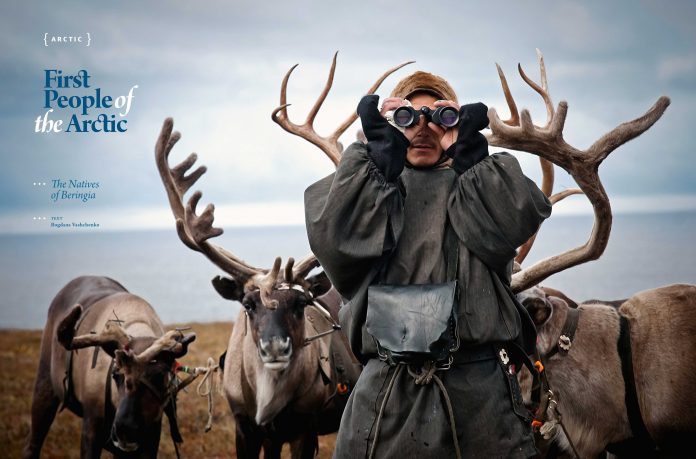
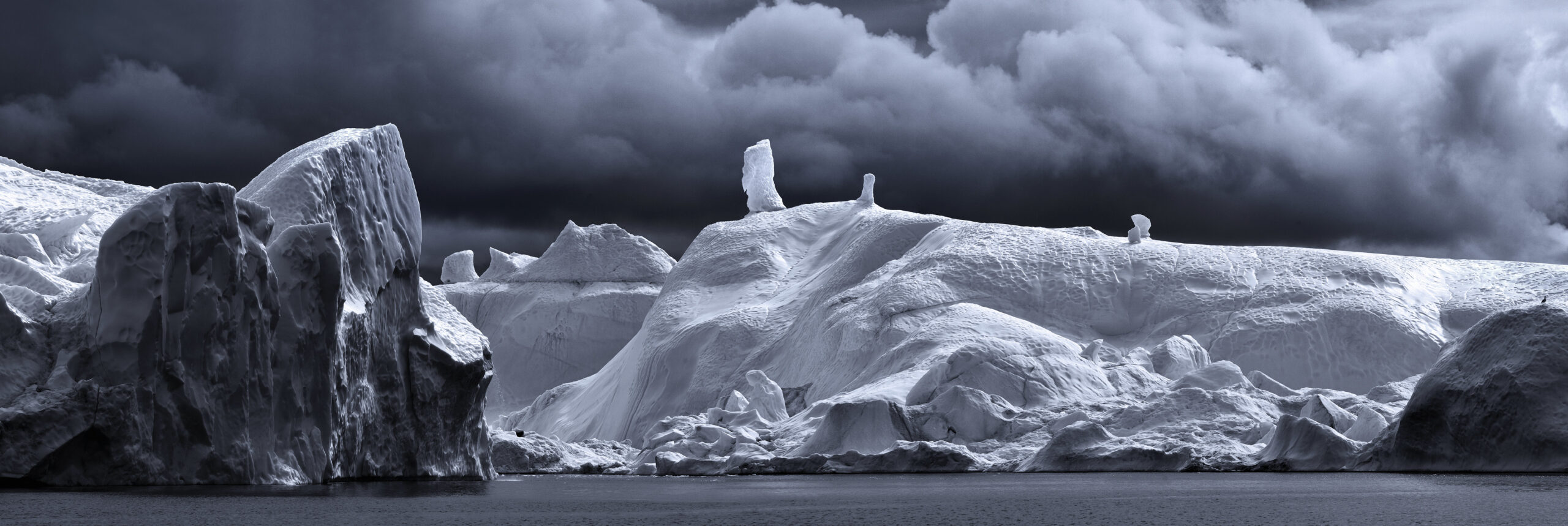
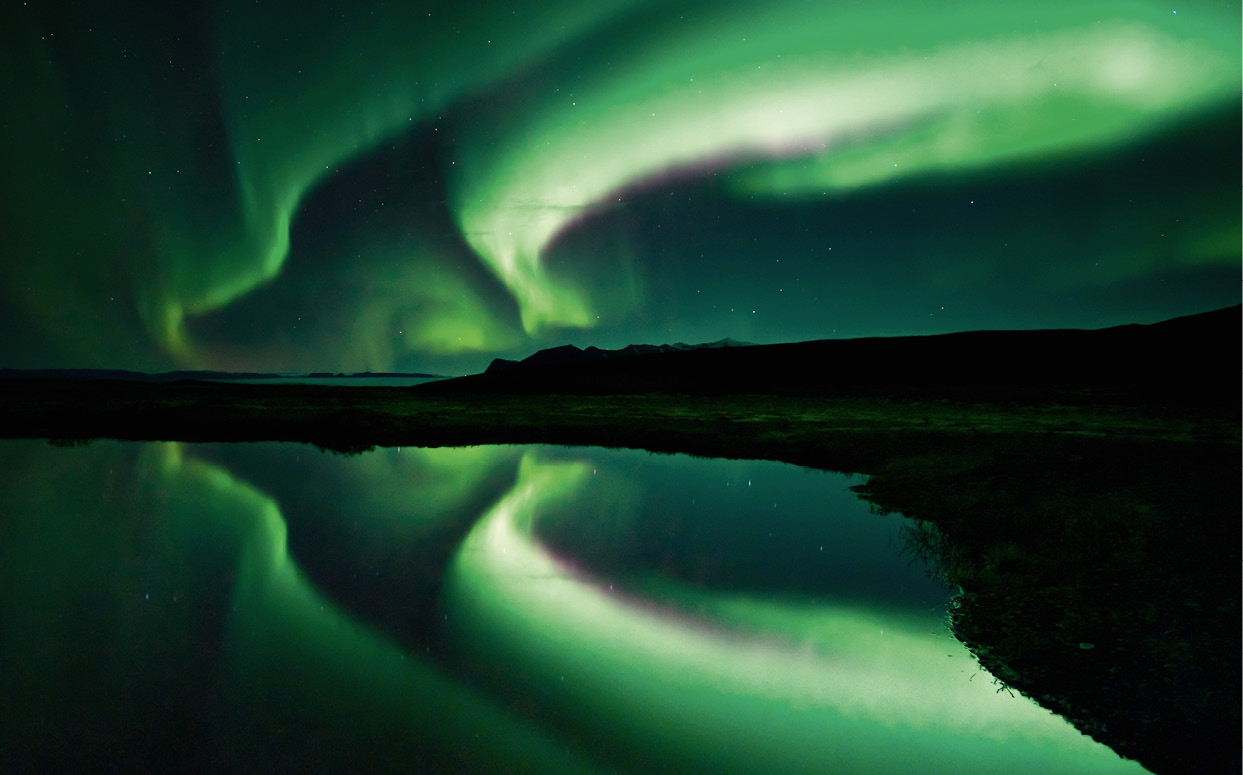
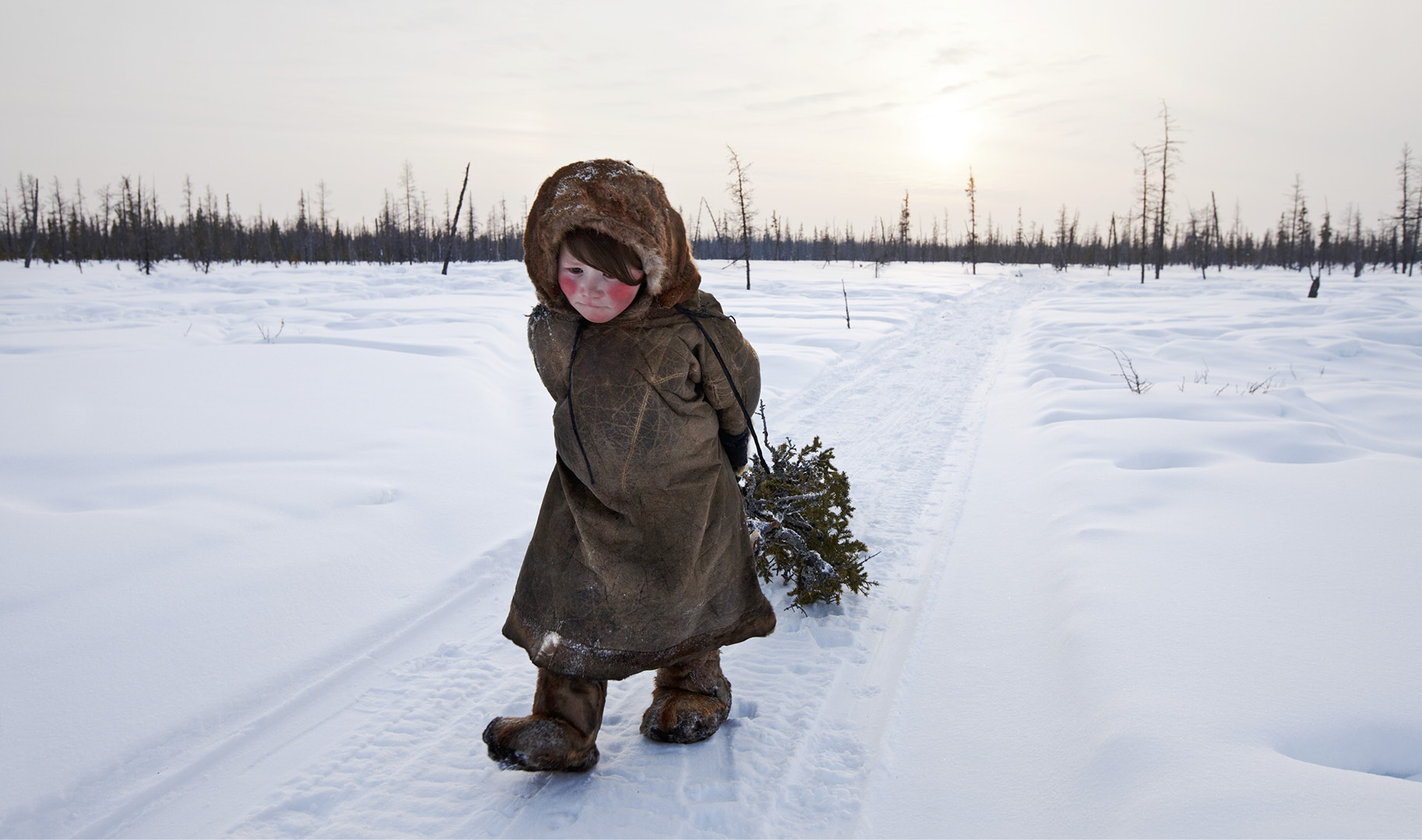
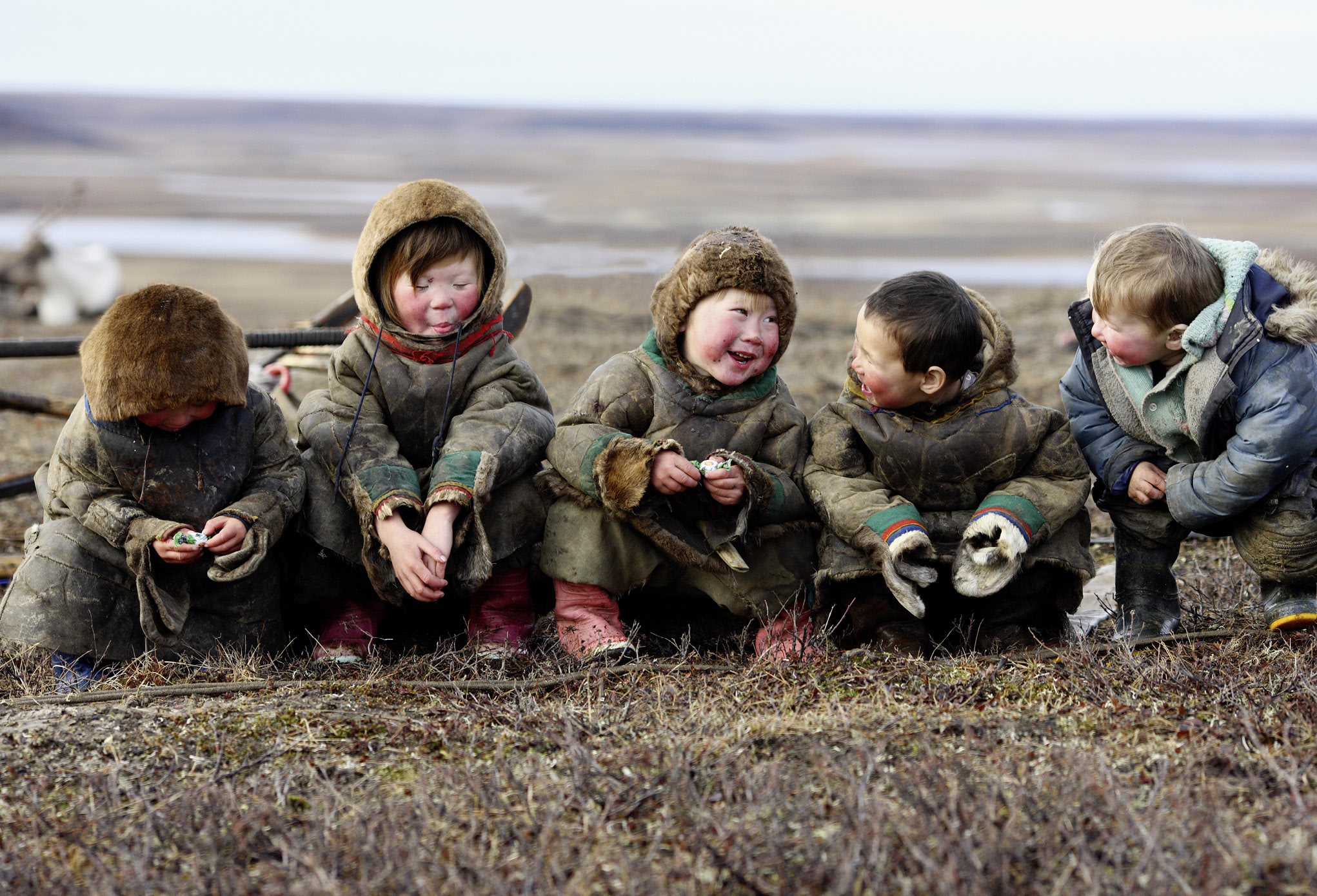

![The Road to Independence: Malaya’s Battle Against Communism [1948-1960]](https://asiangeo.com/wp-content/uploads/2021/07/WhatsApp-Image-2021-07-26-at-11.07.56-AM-218x150.jpeg)

